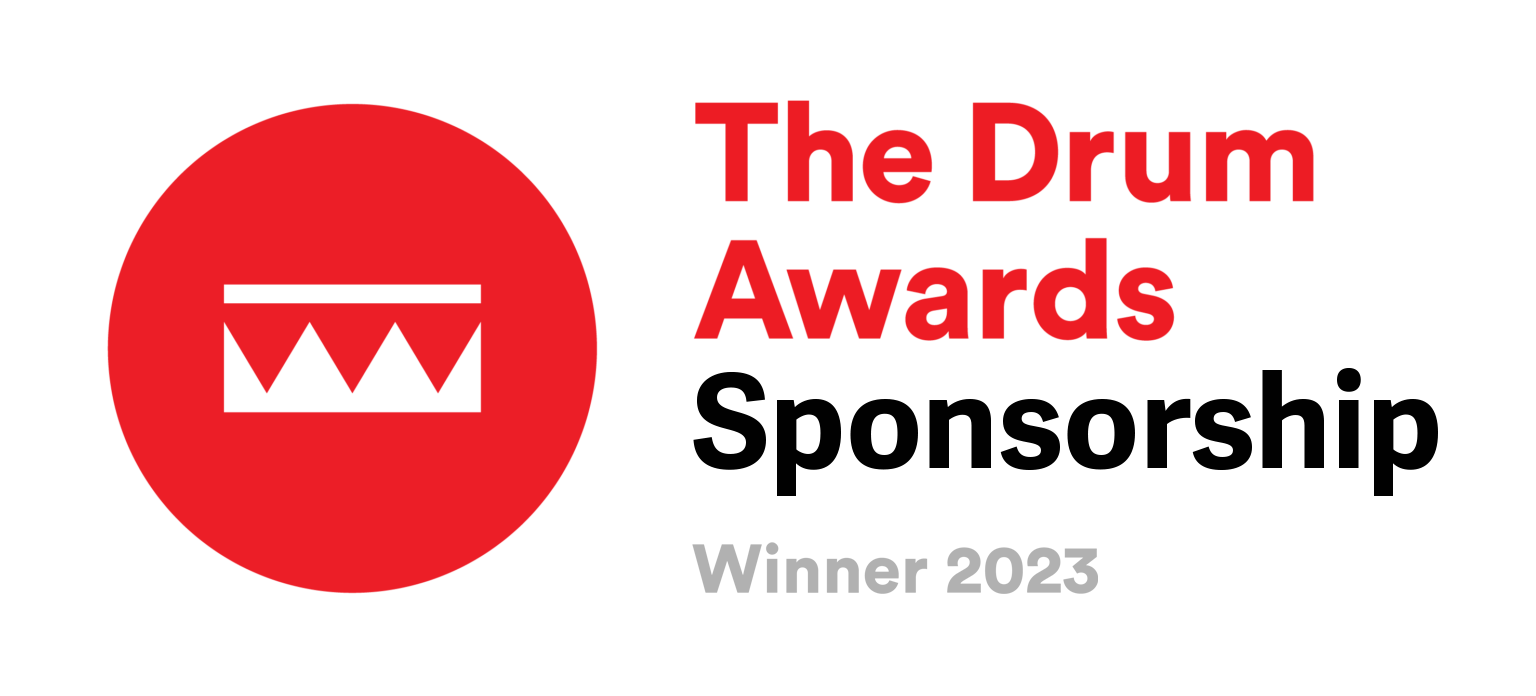Date Added: 11.03.2025
Mins Read: 4 mins
Author: Chris Southgate
What is Brand Activation Strategy?
Brand Activation Strategy
A great brand isn’t just noticed; it’s remembered, trusted, and loved. That’s where brand activation strategy comes in – but it’s not some hard written rule; it’s the heart and soul of how your business shows up in the world. At CHS, we think of brand strategy as the glue that holds everything together – from your big ideas to the smallest customer interactions.
So, what makes your brand activation strategy so powerful? Let’s dive in and unpack how it can be the answer to shaping your success.

What is brand activation? – the definition
Brand activation strategy is all about getting your audience involved with your brand, not just watching from the sidelines. It’s a way to take your brand from something people know about to something they actually connect with and care about. So, instead of just aiming for visibility like traditional marketing, brand activation focuses on real interactions that leave a lasting impression.
This can look like anything from hosting pop-up events and experiential campaigns to running engaging digital content or giving out free samples. The end goal? To create moments that stick with your customers, whether that means someone buys your product, shares your story, or simply keeps your brand in mind.
Real life examples of brand activation in action
Coca-Cola’s ‘Share a Coke’ Tour
Coca-Cola’s ‘Share a Coke’ campaign hit the streets of the UK with an interactive tour that really got people talking. The brand set up a custom Coca-Cola truck that traveled to various cities, where consumers could get a personalised Coke bottle with their name on it. Not only did this clever activation engage customers in a fun and personal way, it generated excitement and created such a buzz on social media as people shared photos of their custom bottles.
Lush Cosmetics ‘Lush Kitchen’ Pop-Up
Lush Cosmetics launched their ‘Lush Kitchen’ pop-up in London, where customers could watch products being made right in front of them. This immersive activation allowed customers to interact with the brand in a new way, showing them exactly how Lush products are created while reinforcing their commitment to fresh, handmade cosmetics. It was a great example of how transparency and experience can build a stronger connection between a brand and its consumers.
O2’s ‘Priority Moments’
This is a classic - O2’s ‘Priority Moments’ campaign delivered exclusive experiences for their mobile customers, from early access to concert tickets to unique local events like cooking classes or backstage passes. This ongoing activation gave O2 customers something valuable and memorable, helping them to foster loyalty and make their audience feel appreciated.
Why does your brand activation strategy matter?
People are bombarded with ads every day, which you probably don’t think about too much. With all that noise, standing out isn’t just about being seen; it’s about creating experiences that feel real, memorable, and worth caring about – and that’s where brand activation comes in.
- Build real connections with customers – We know that when people feel connected to a brand, they’re more likely to stick around, and it goes without saying that emotionally engaged customers spend much more with the brands they love.
- Makes your brand memorable – The best brand experiences don’t just grab attention, they stay with you for years and even your lifetime. There has been lots of evidence to suggest that engaging content can boost ad recall significantly, which makes it much more effective than static campaigns.
Makes people act – A solid activation strategy doesn’t just get noticed; it gets results. Whether it’s making a purchase, signing up for something, or sharing content, these strategies inspire people to take action and get involved.
What are the components of a brand activation strategy?
To make a brand activation strategy really work, there are a few key things that we suggest you focus on. Our team here at CHS have years of experience when it comes to building brand activation strategies for all kinds of brands, so do get in touch if you’d like some advice.
- Know your audience – This probably seems obvious, but the success of your activation depends on understanding who your audience is, their likes, needs, and what matters to them. This helps you create experiences that truly connect.
- Set clear goals – Again, this probably goes without saying, but do you want to boost sales, get more people talking about your brand, or launch a new product? Having clear goals helps guide your strategy and gives you something to measure your success by.
- Be creative – The fun part! Brand activations are all about thinking outside the box – the more unique and inventive your approach, the more likely it is to grab attention and leave a lasting impact. Whether it’s a cool pop-up event, an AR experience, or teaming up with influencers, creativity is more important than ever.
- Make sure all your activity works together – Brand activation isn’t just about one campaign, it’s about integrating it everywhere, whether that be social media, emails, in-store promotions – everything should tie together for the biggest impact.
Track what works – As with any marketing or branding activity, an effective activation strategy has clear metrics to measure success. Whether it’s tracking engagement, collecting feedback, or seeing how many people made a purchase, measuring results helps you understand what’s working and where to improve.



How technology can take brand activation even further
As always, tech is changing the game when it comes to brand activation, giving brands cool tools to make their activations even more engaging. It’s great to see so many brands adopt new technologies to make lasting impressions on their consumers.
Here are just a few of the ways brands are taking things up a notch:
- AR/VR (Augmented and Virtual Reality) – These technologies offer fun, interactive experiences, like letting people try on products virtually or explore a brand’s world in a totally new way.
- Gamification – Adding game-like features, like challenges, rewards, and leaderboards, can make your activation more fun and keep people coming back for more.
- Personalisation with data – By using customer data, brands can tailor their activations to fit what people actually want, making them more relevant and impactful.
How to create a successful brand activation strategy
Building an effective brand activation strategy starts with understanding your overall brand strategy, your audience, and what you want to achieve. We know what we’re talking about when it comes to creating success, so here are a few tips to help you get started:
Really know your audience – Who are you trying to connect with, and what makes them tick? We can’t emphasise enough how important it is to do some research to figure out their likes, habits, and what they care about so you can bake these insights into your strategy.
Set very clear, measurable goals – We’ve already spoken about goal setting, but it is important to make sure your goals are clear and achievable. Think about what you want to accomplish and make sure you can measure your progress.
Brainstorm creative concepts – Gather your team and start brainstorming fresh, bold ideas that fit your brand’s vibe and will grab your audience’s attention.
Plan the experience – Plan out the details; how you’ll execute your ideas, what channels to use, and how to get everything running smoothly.

Work with the experts to bring your brand to life
Here at CHS, we specialise in creating custom brand activation strategies that truly engage audiences and deliver results. Whether it’s immersive experiences or cutting-edge digital campaigns, our team knows how to make your brand leave a lasting impression.
Ready to bring it all to life? Reach out to one of our team to see how we can help you create unforgettable experiences.
Our
Awards
B2B Campaign Winner 2024

Sponsorship Winner 2022

Best Paid Social Winner 2021

Best Use of Video Winner 2021

Highly Commended - PMAs 2022

Best Finance Campaign 2021

Best Financial Services
Campaign Winner 2020

Best Financial Services
Campaign Winner 2020

Rated 9.2 out of 10
from our clients

Marks & Spencer Food Portraiture 2nd Place 2020


